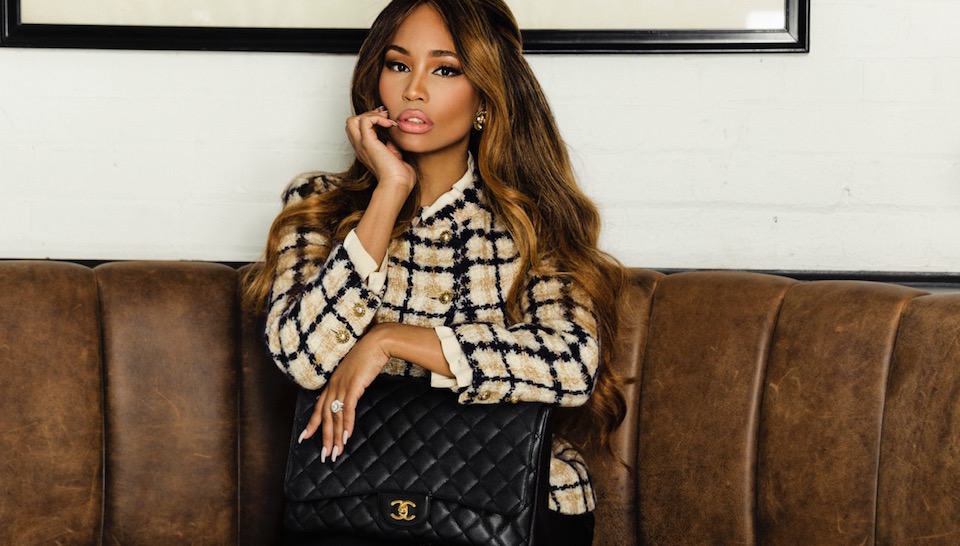Prior to Toronto’s annual fashion week, I met with Dauphine Magazine’s editor-in-chief Krys Lunardo in the lounge of the Shangri-La Hotel. Lunardo was dressed in a voluminous, white knee-length fur coat and a Louis Vuitton runway handbag. As we waited to be seated, we began discussing the state of Toronto’s fashion industry and what it takes to have a successful career in fashion journalism.
The Varsity: What goes into running a Toronto-based fashion magazine?
Krys Lunardo: “It is very challenging to start, but to be successful in the magazine industry you must have an extraordinary team that eats, sleeps, and breathes fashion. The magazine has to have an edge to it; this is because there are so many magazines that you have to be able to stand apart from the crowd. I think producing strong editorial content that pushes the boundary of what is acceptable by societal standards is key.”
TV: Considering that more and more ‘fashion weeks’ are emerging around the world, where and how does Toronto rank?
KL: “I’ll start off by naming a few artists that are doing big things right now. For instance, Beaufille [is a] team of sisters [that] are going to be showing during New York fashion week… Also, Sid Nigum is going to be showing during London fashion week. He works with a sense of minimalism, yet it has an edge to it. There is an architectural element to what he does.”
TV: Is there infrastructure in government within Toronto that supports the fashion industry?
KL: “There is a current petition to urge the Ministry of Tourism, Culture and Sport of Ontario to recognize fashion as an art form and to fund Canadian designers. This recent petition was started by Anjli Patel, a prominent Torontonian Fashion Lawyer. In addition, former Toronto Fashion Week executive director Robin Kay was at the forefront of this problem that is the lack of infrastructure. She has been a major supporter in bringing light to this issue for a few years now. The fashion industry brings two billion dollars into the Canadian market, so to not consider fashion itself as integral culturally is unfortunate.”
TV: Any advice for university graduates on how to pursue a career in fashion journalism?
KL: “There’s such an influx of people who want to be part of the industry and they want experience, but I will say to start you must have an enormous amount of ambition and sacrifice… From the outside, [the fashion industry] is quite appealing when you look at the social scene attending fashion shows. Start off interning; you should be shadowing, if possible, the fashion editor of your choice and assisting on editorial shoots that would give you a feel of the process. You need to have a strong eye for what’s visually appealing for your demographic. It would help to make appearances on the social scene to make yourself relevant… You have to have a strong compilation of work that is unique from anything on the market; you have to have the journalistic skills to support you.”
Correction (March 8th, 2016): An earlier version of this article misspelled Robin Kay.


